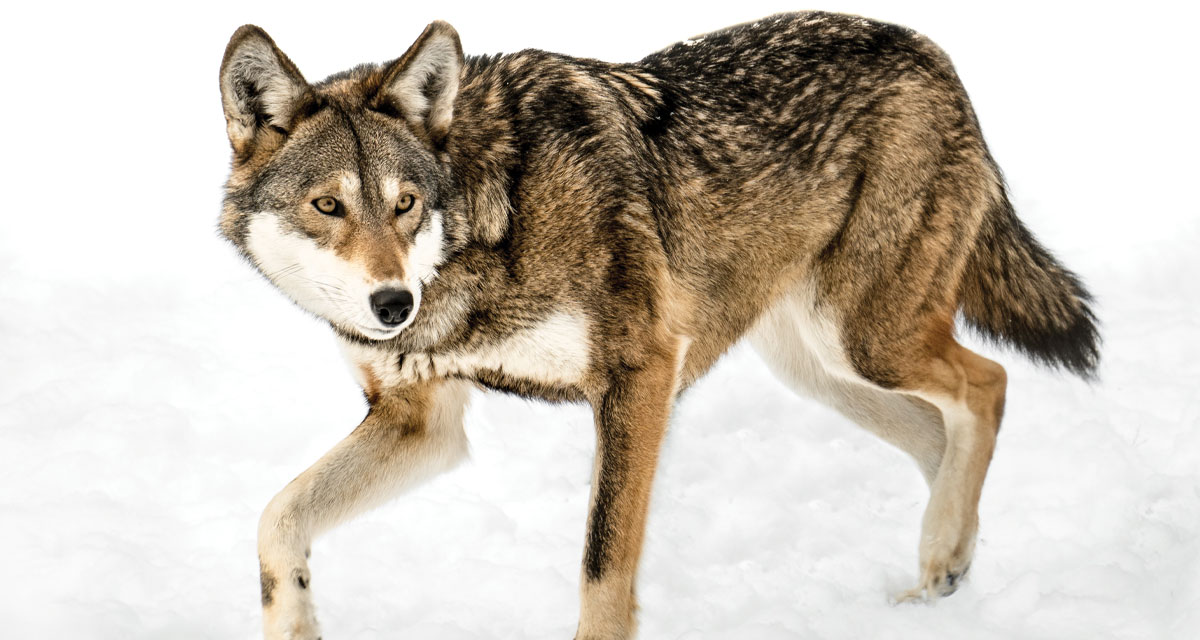Tune in to the weather forecast, and you’ll discover North Carolina’s predictions revolve around three sub-biomes, namely the coastal plains, Piedmont, and the mountains. In our diverse and beautiful state, we possesses varieties of forest and non-forest ecosystems. To define our own biome, a temperate deciduous forest, we have four distinct seasons and consistent levels of precipitation. It’s no wonder our climate attracts diverse species of colorful birds and smaller mammals, as well as dangerous creatures, from the rattlesnake to the southern black widow. In the mountain regions, outside Winston-Salem, live black bears and bobcats. There also is lore to suggest the cougar may not be extinct, but resurging in numbers. Unless explicitly searching for the vanishing numbers of birds, insects, aquatic vertebrates, and mammals in the Piedmont Triad, you’ll not be aware of the names of creatures that no longer fly, swim, or walk. And our ecosystem is about to lose, once again, a member of the dog family, the red wolf.
A Description of the Red Wolf
Mention the name coyote or grey wolf, and the instinctual reaction for humans is to want to hunt and kill the feared creature. Throughout the 1960s and 1970s, humans succeeded in eliminating this wolf, described as extending four feet in length, weighing between 60 and 80 pounds, and standing over two feet tall. It is similar in size to a German Shepherd. In linking its morphology to other wolves, the identifiable characteristics of pointy ears and long slender legs make it often mistaken for a widely seen animal, the coyote. Through DNA studies, we know the red wolf is in fact a 10,000-year-old creature with a genetic connection to coyotes and grey wolves. With little else known about its disposition, studies have discovered it has a shy and timid nature and avoids humans. In 1980, the species officially became extinct in the wild, while14 still survived at a wildlife rescue center.
Faithfully United
From the bald eagle to the owl, swan, and beaver, many creatures find life mates. Loyalty to the pack, comprising five to eight wolves, offers a challenge to this species, suggesting only the alpha pairs, or leaders, will produce puppies.
Forests and Lands
Ask parents and grandparents what they recall about the Piedmont Triad. How many forests no longer exist? In removing large tracts of native oak, hickory, and pine forests with lush prairies and grasslands in the Triad to make room for shopping centers and housing developments, corporate buildings and transportation corridors, man has caused the biodiversity in our region to continue to shrink. A tree native to our area, the oak, for instance, supports an astounding 280 different species of insects and produces acorns to feed more than 100 vertebrate animals, such as blue jays, wood ducks, chipmunks, rabbits, opossums, and wild turkeys. In thinking about the future and the extent of a depleted ecosystem, how many common species will arrive on the endangered species list?
Reintroducing Animals to the Wild
Most creatures have a success rate when reintroduced to the wild. Elk, for instance, thrive in the Great Smoky Mountains between North Carolina and Tennessee. At the while, bald eagles, grey wolves, the California condor, bighorn sheep, black-footed ferrets, and the pupfish are also increasing their populations within the national parks.
A large carnivore such as the red wolf must depend upon available prey. In the first two attempts, deforestation resulted in the starvation of the wolves. And, hunters devastated the remaining numbers. As of December 2019, the United States Fish and Wildlife Services (USFWS) monitors the activity of 11 known pairs.
Coyote Numbers Increase
The rare sighting of eastern cougars and the low numbers of the territorial red wolf population brought the coyote east in the early 1990s. Without competition for prey to dwindle their numbers, coyote sightings now cover 100 North Carolina counties, and they have dens in both large cities and natural landscapes, specifically, near highways, golf courses, parks, and housing developments. Usually unseen, activity occurs at dusk and ends at twilight.
USFWS
From a territory spanning over one million miles, from Missouri and east to Pennsylvania and south to Texas and east to Florida, the endangered wolves are the only species to lose 99.7 percent of their historic territory. In the last report noted, from December 11th, 2019, three adult males will relocate to a North Carolina wildlife refuge in hopes of continuing fighting for the red wolf.
Next Month: The Green Salamander



















